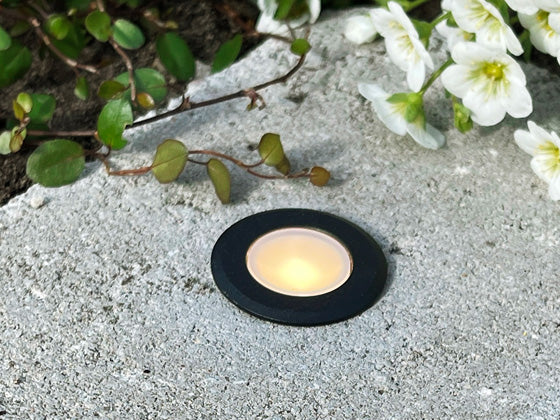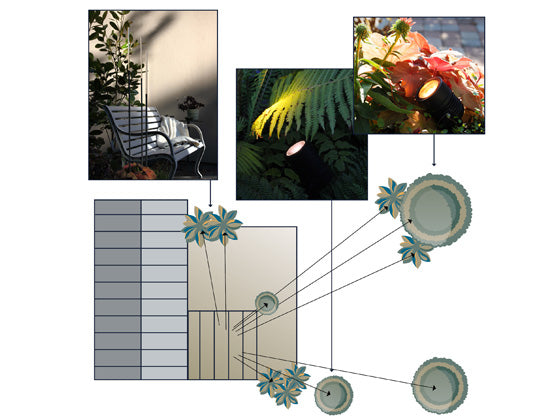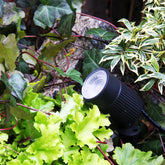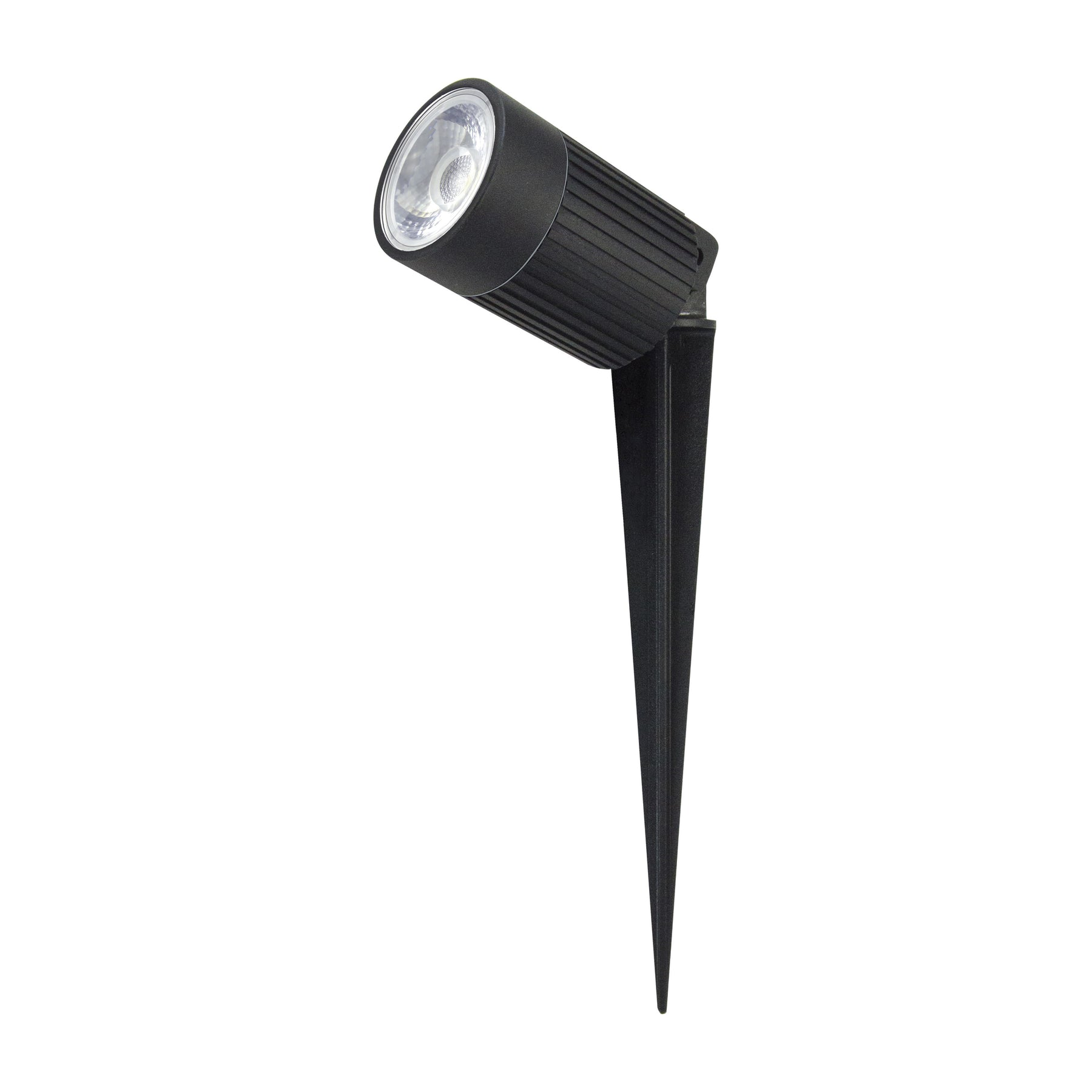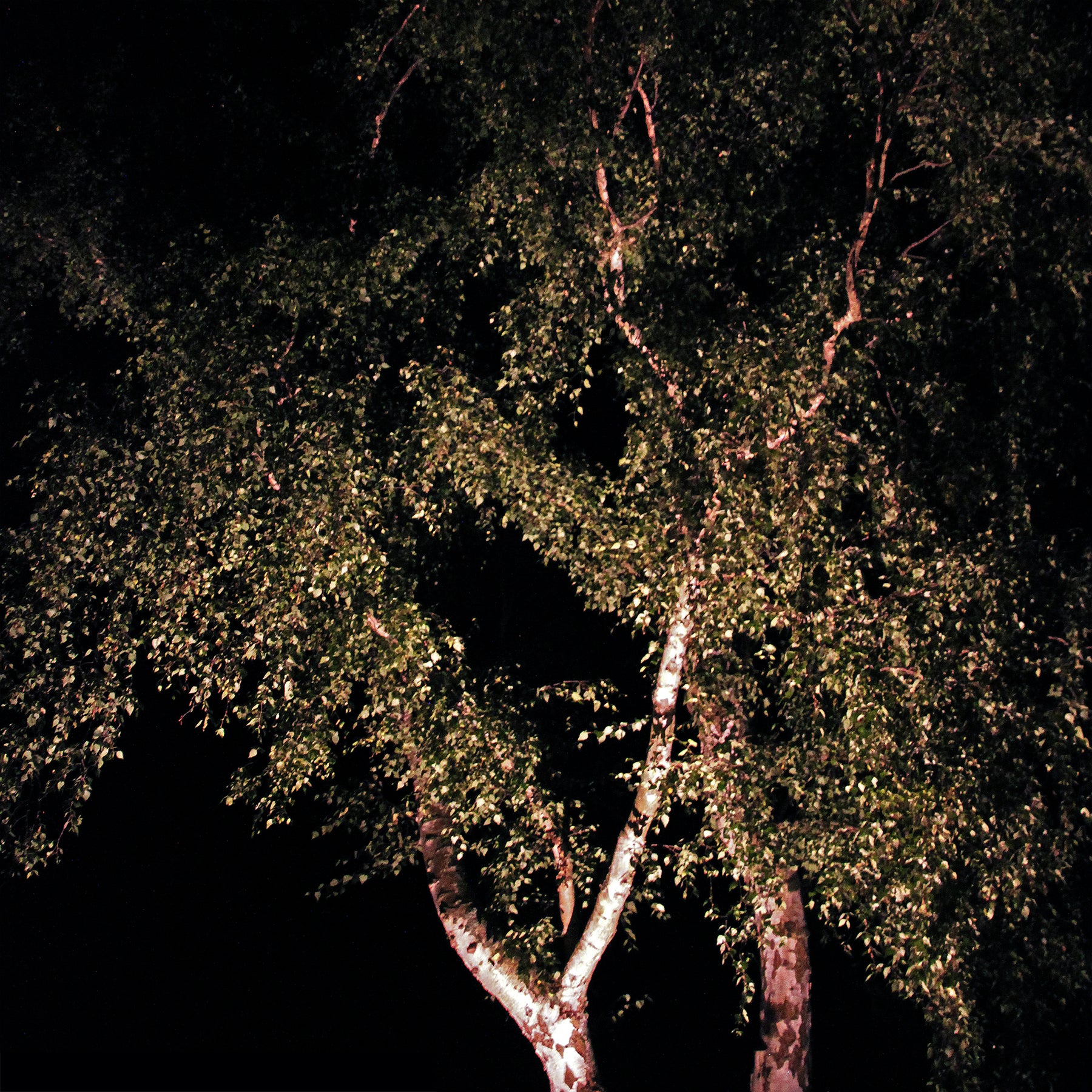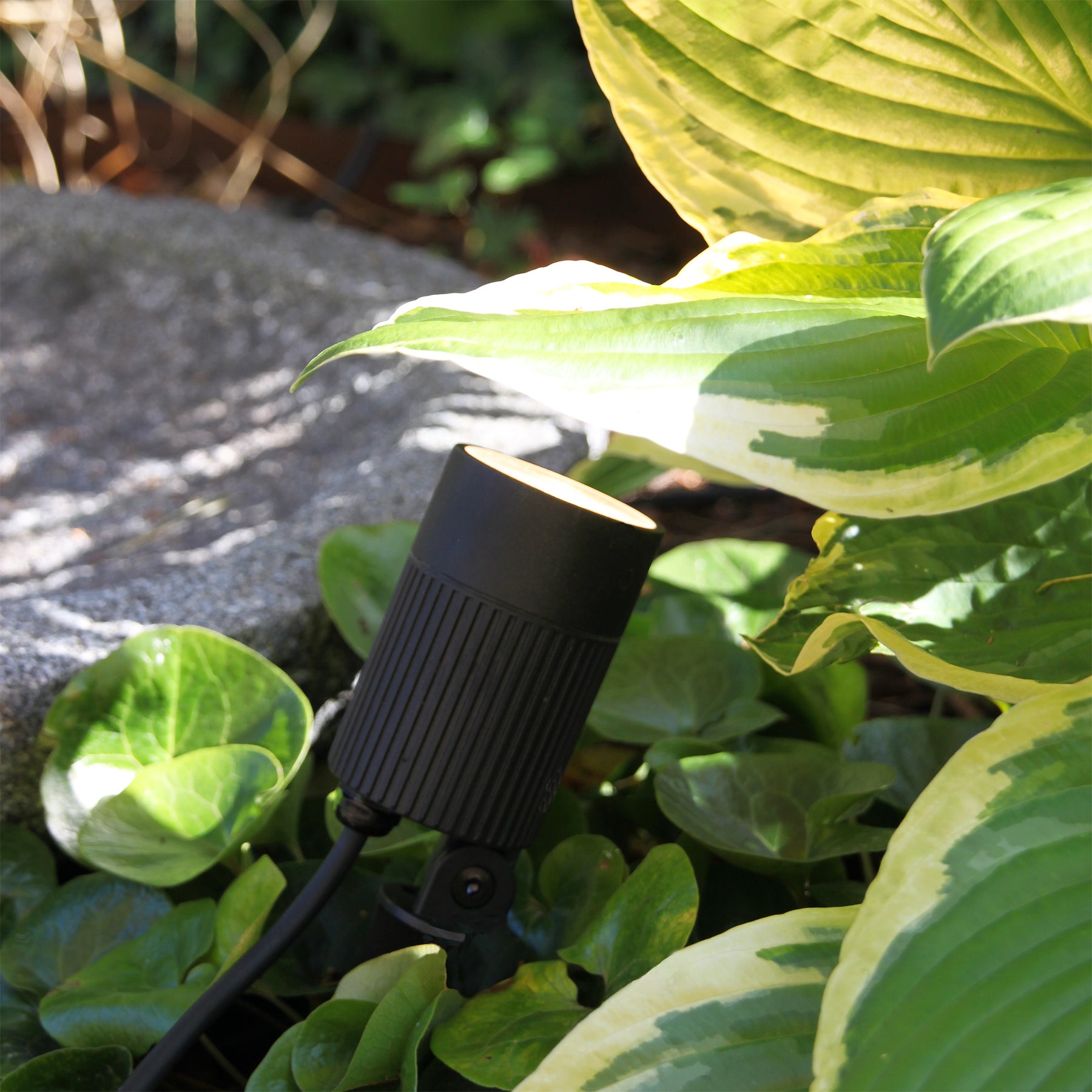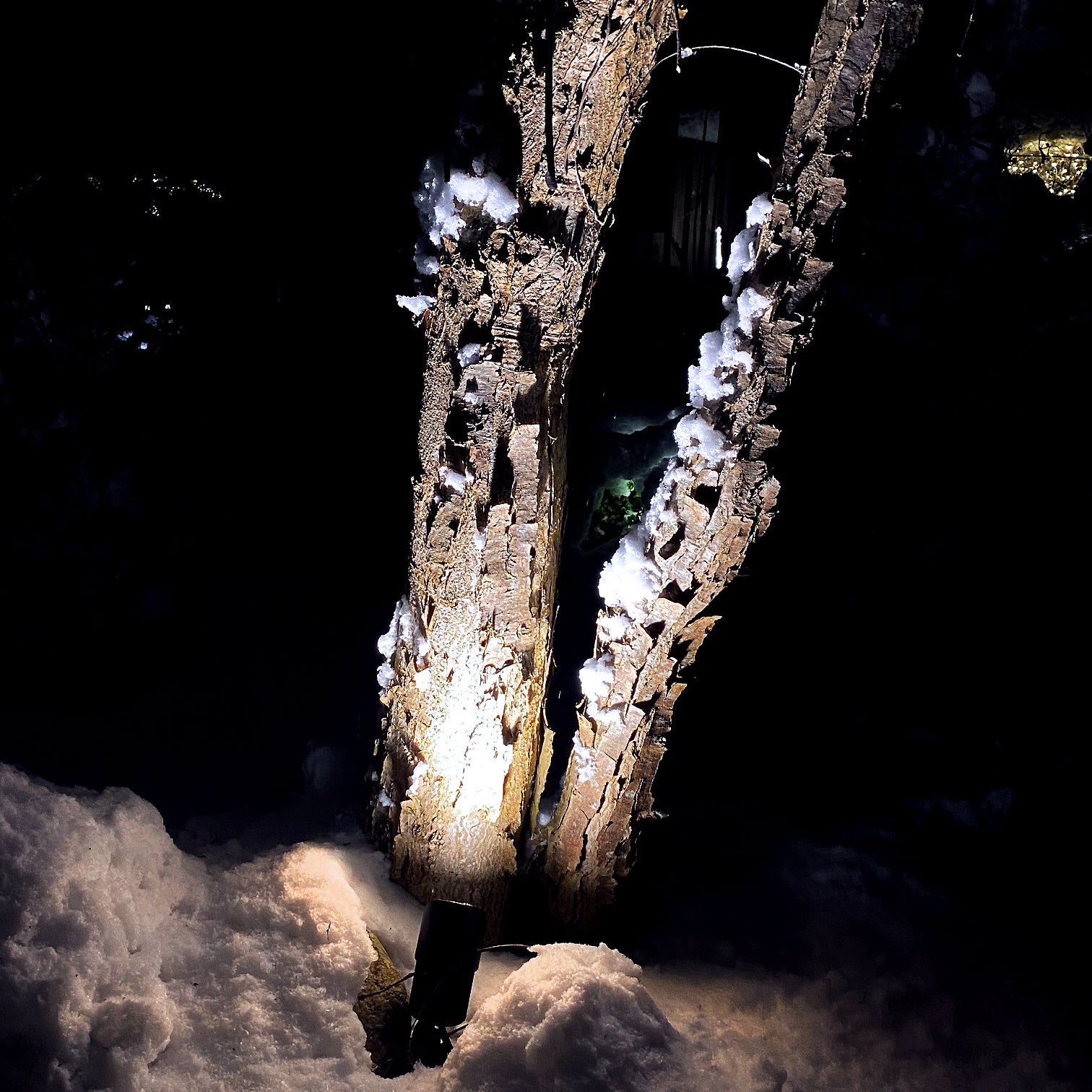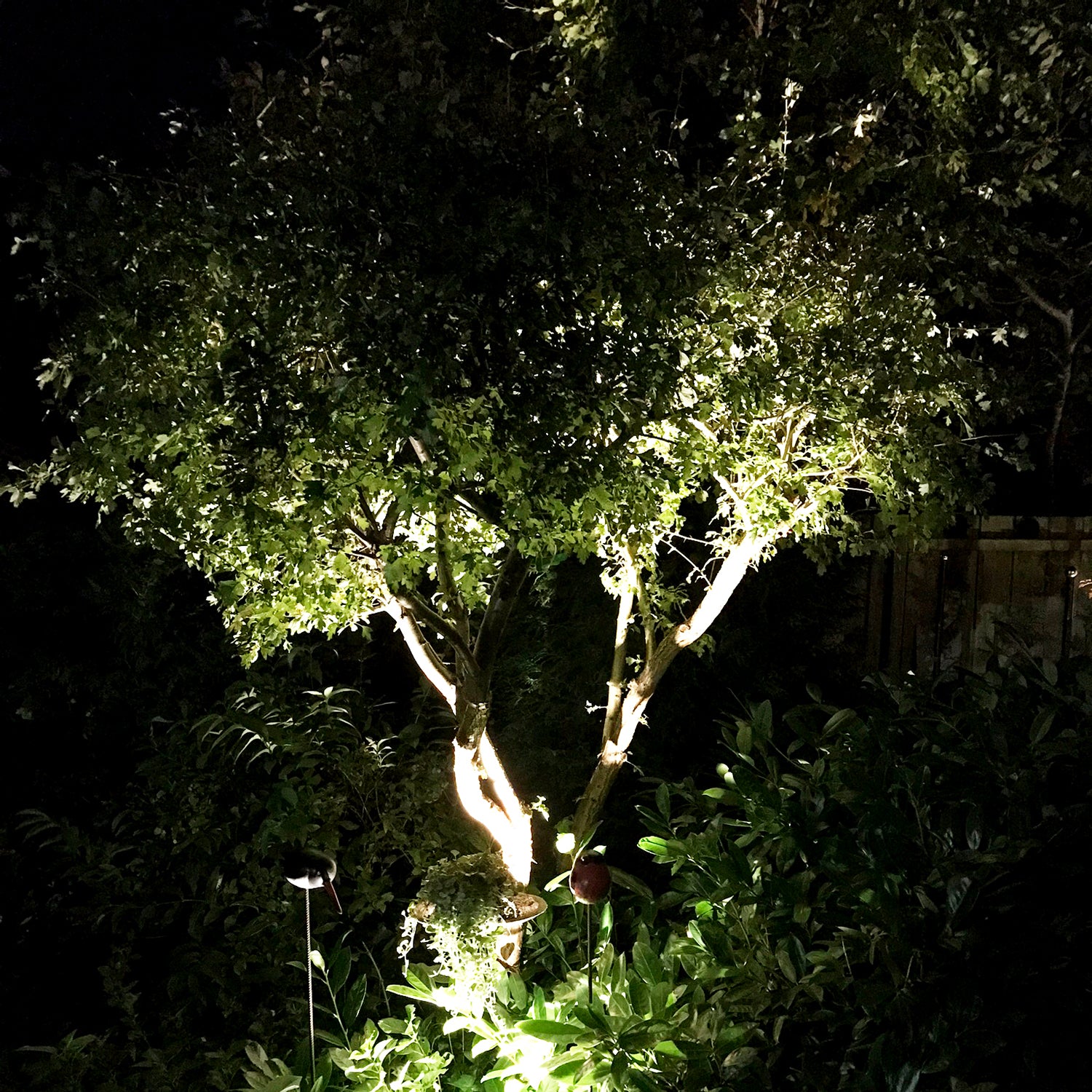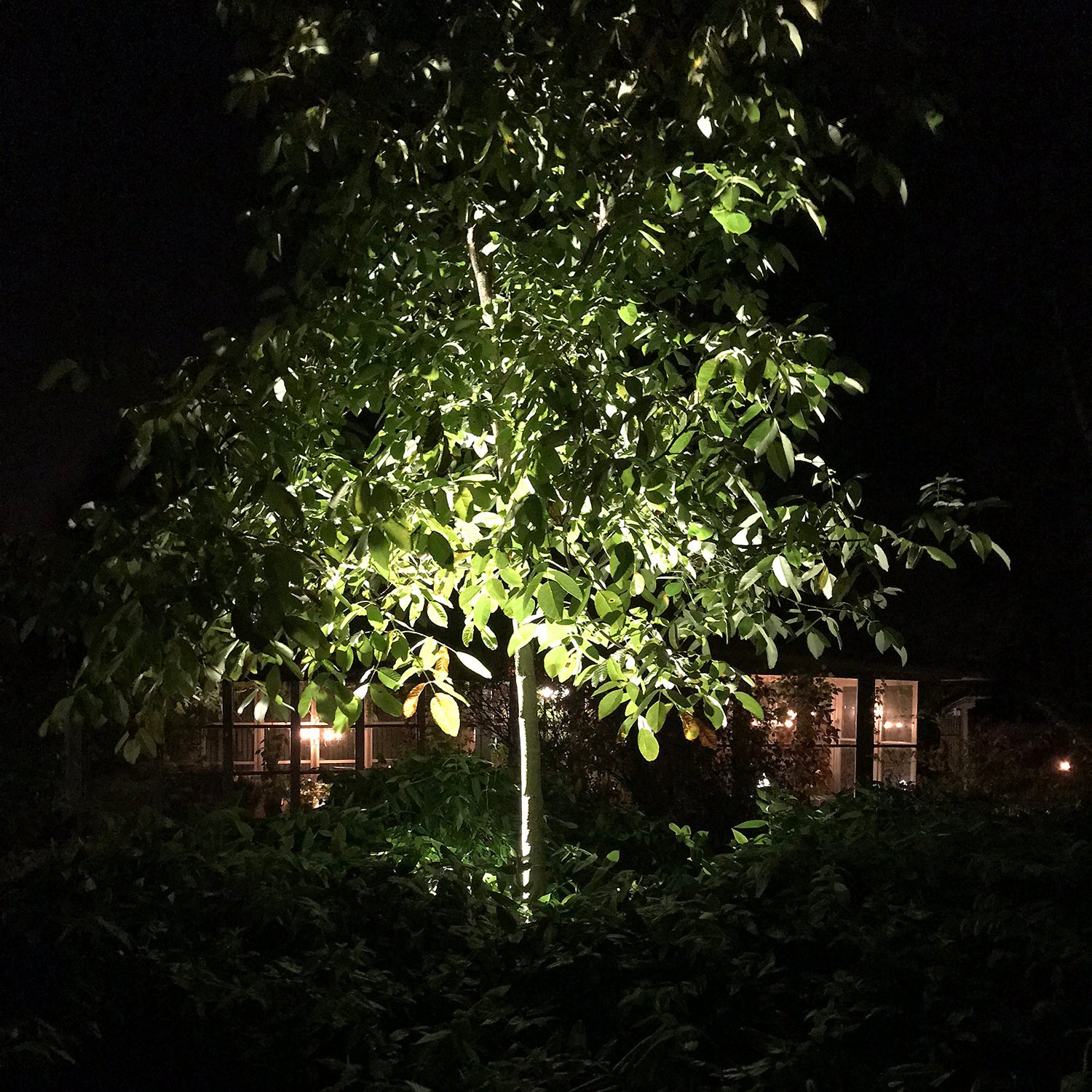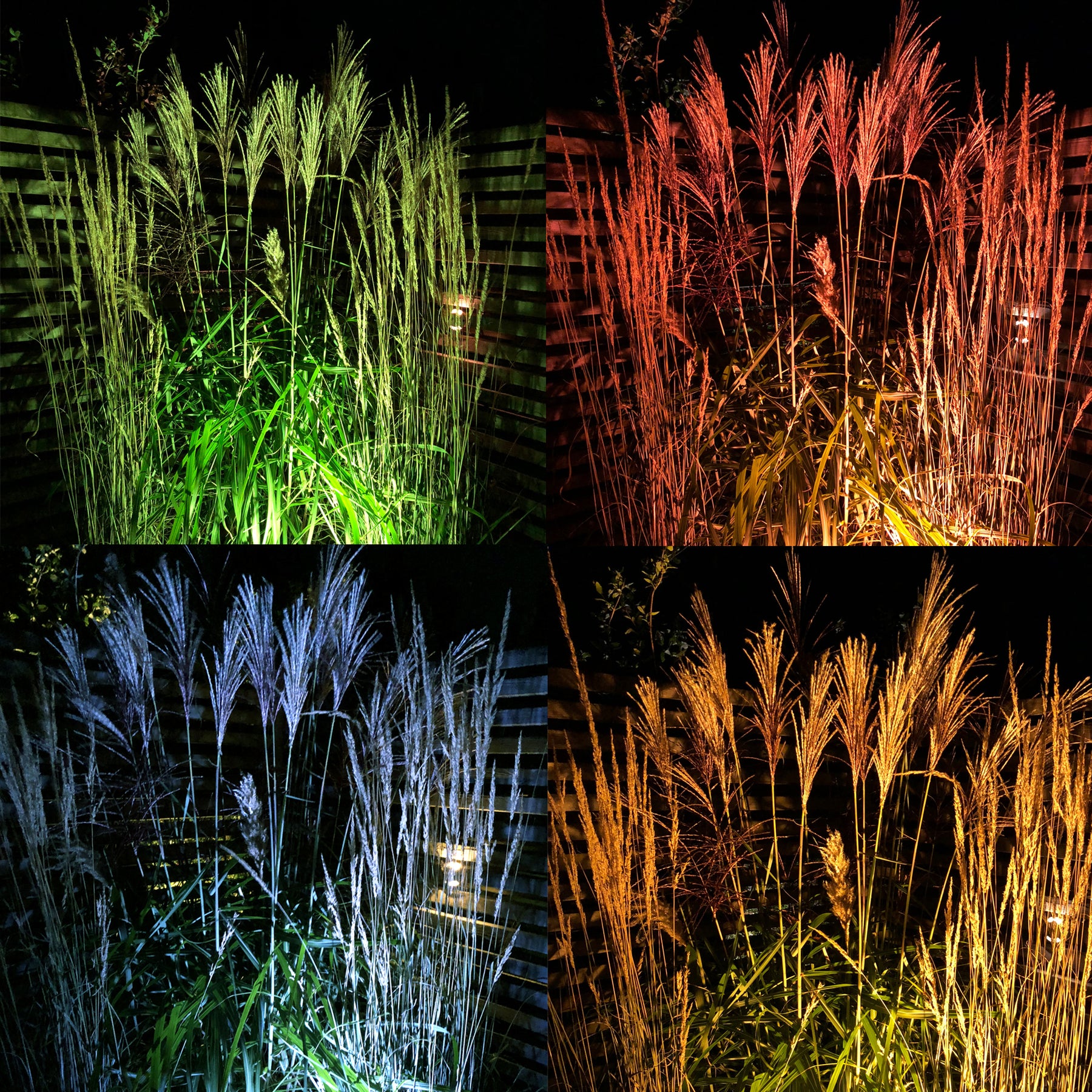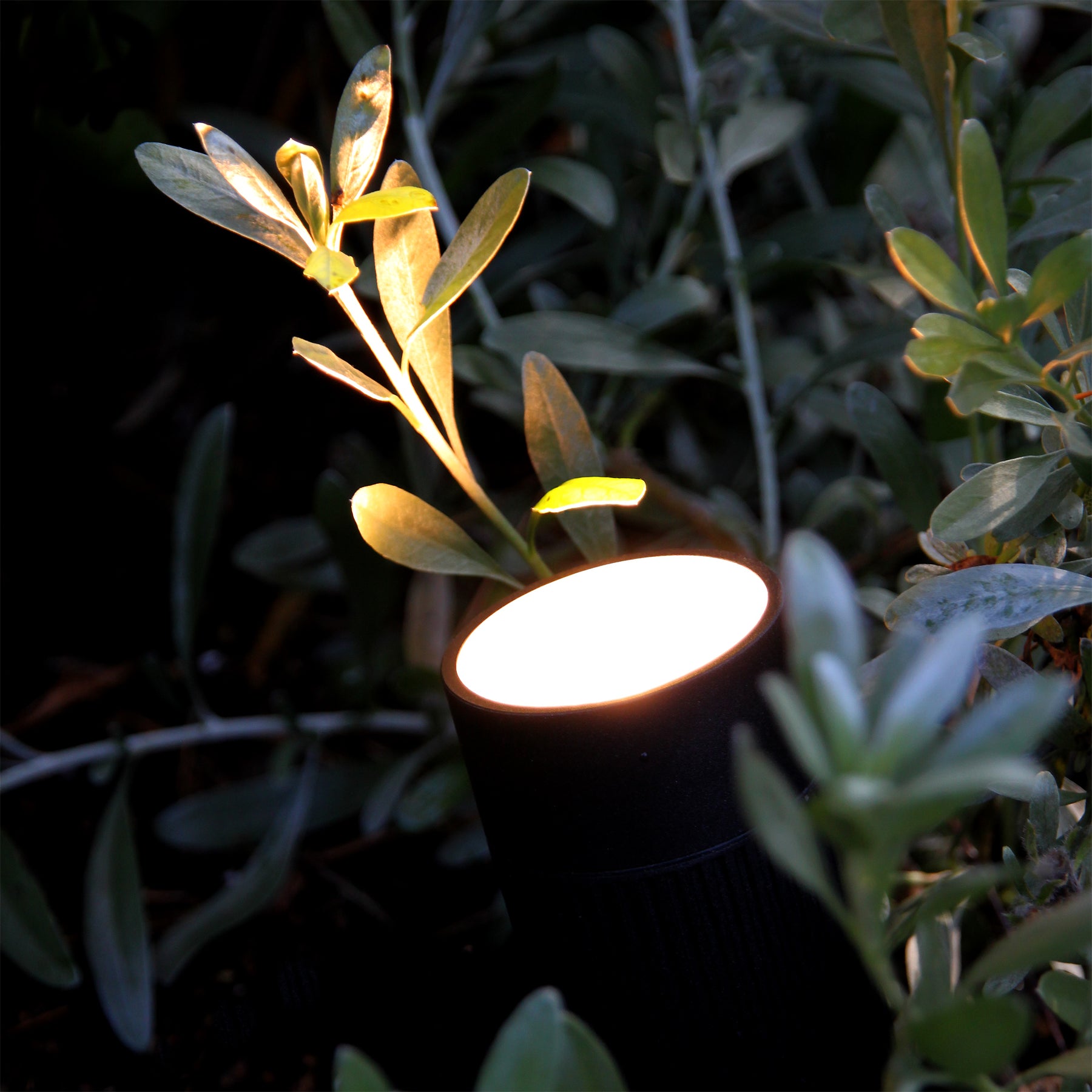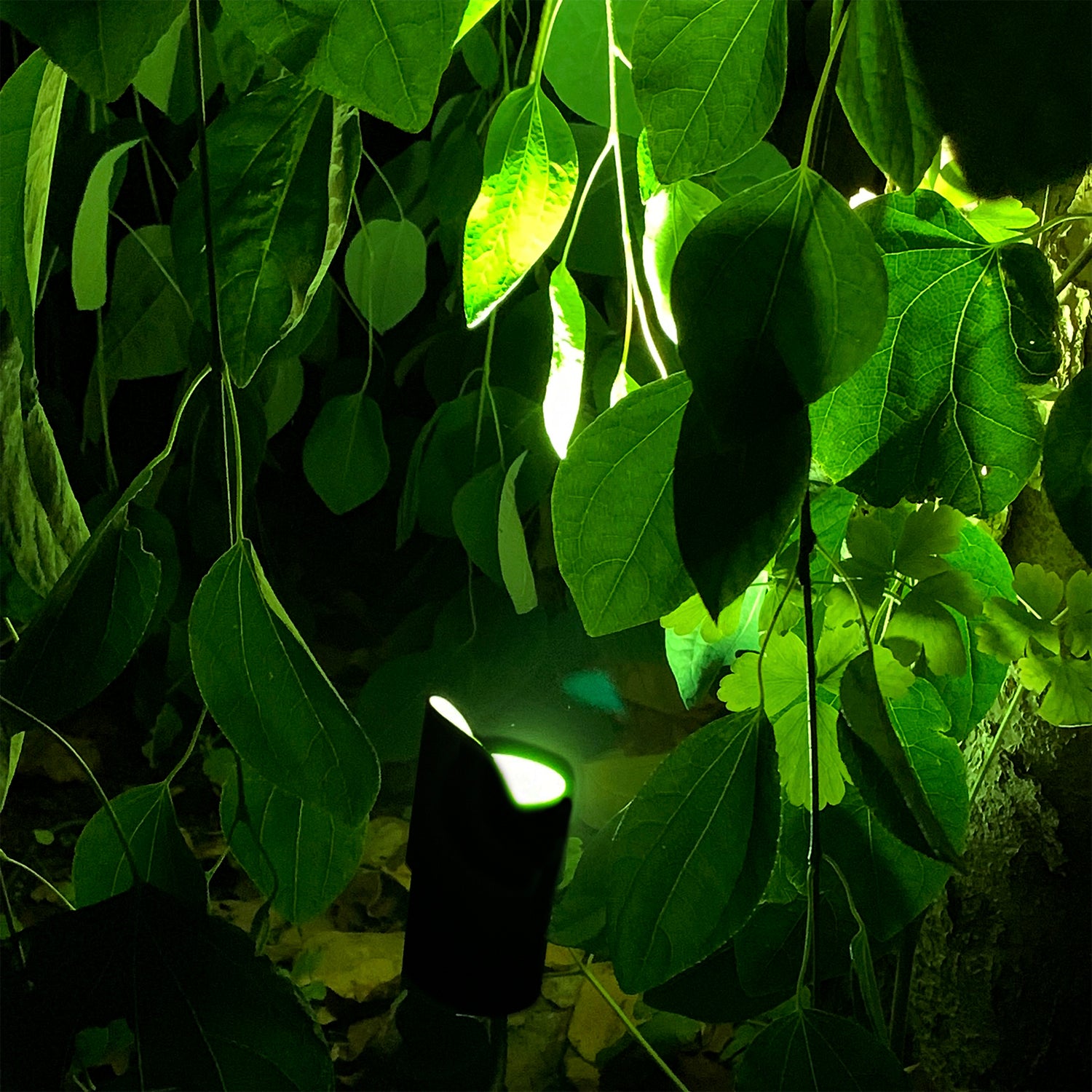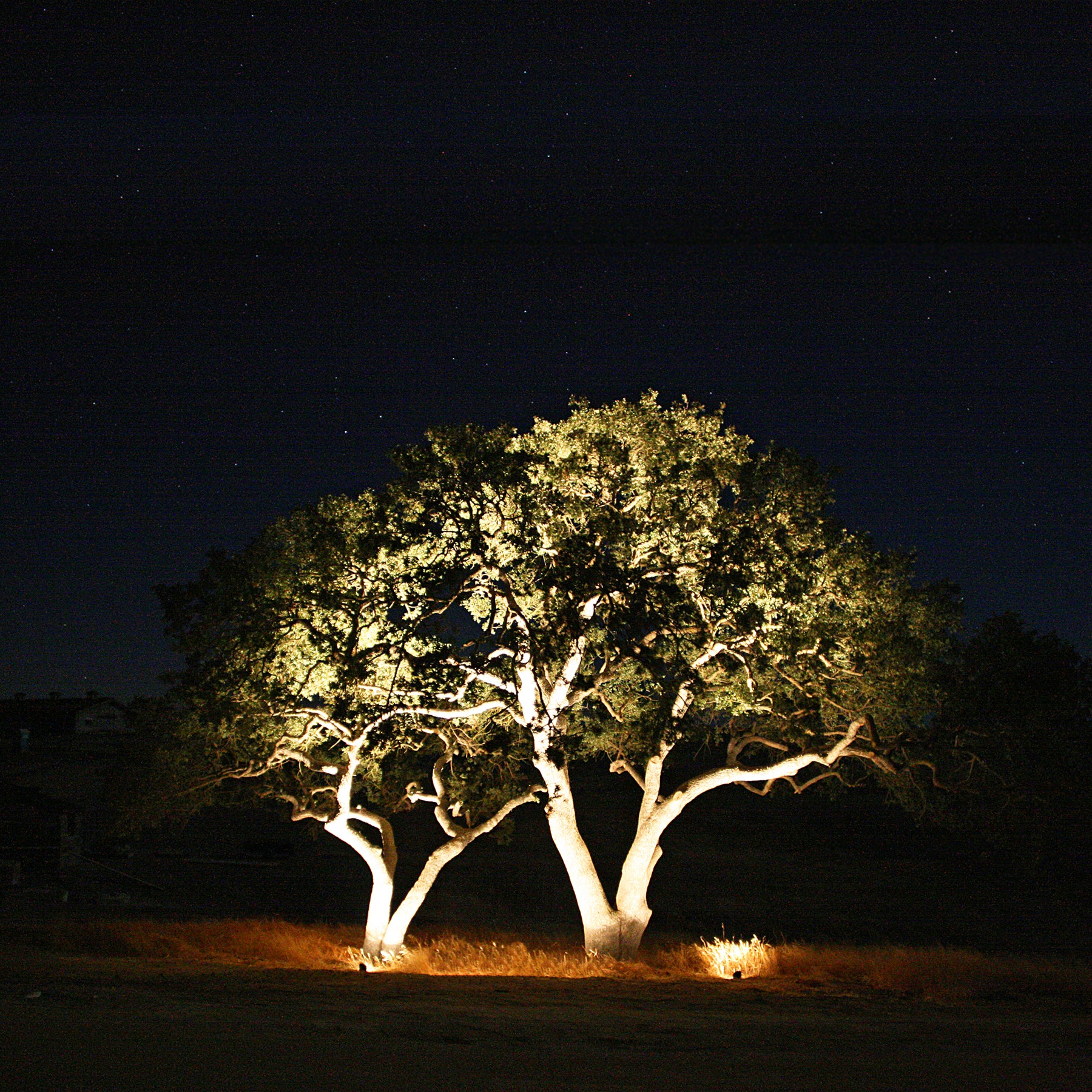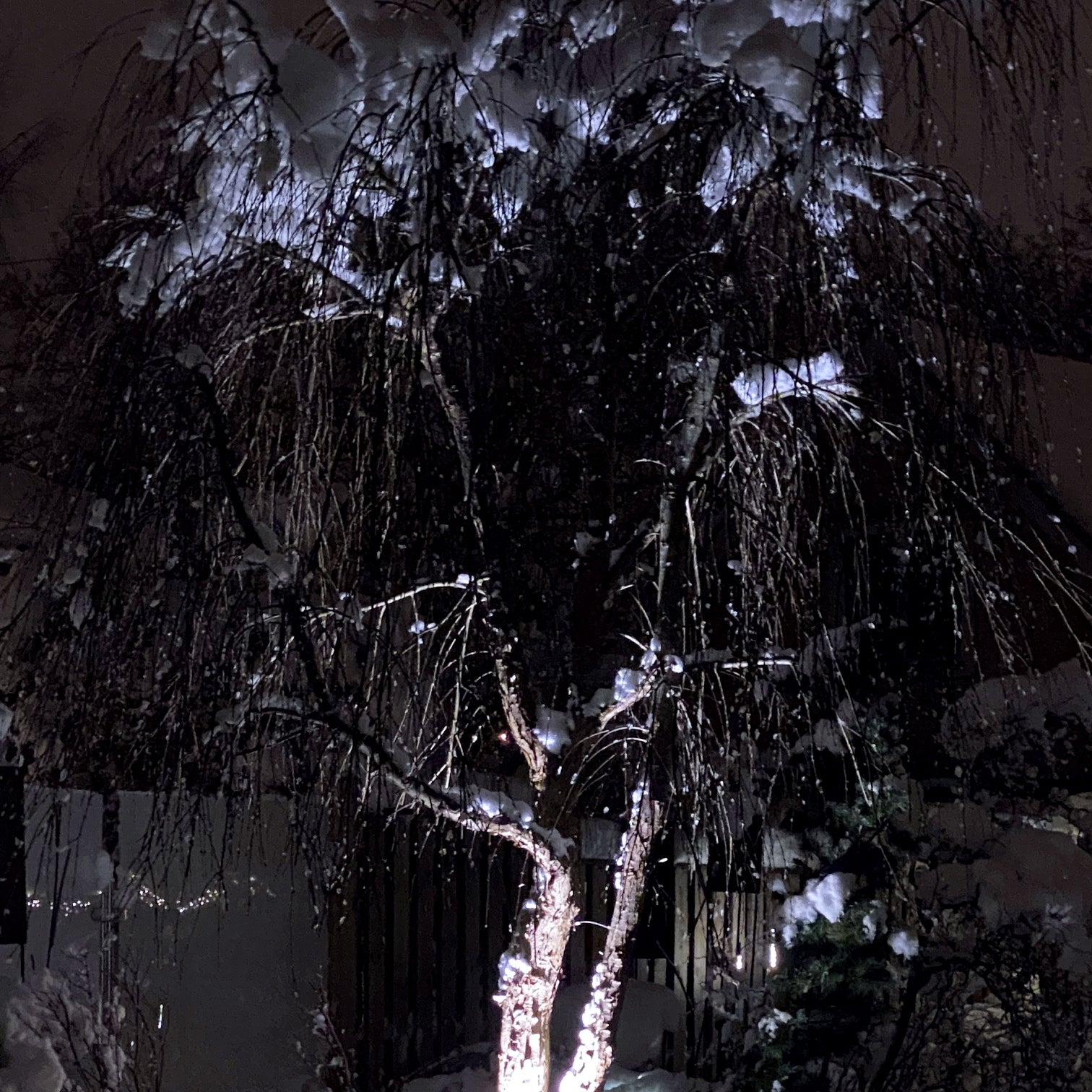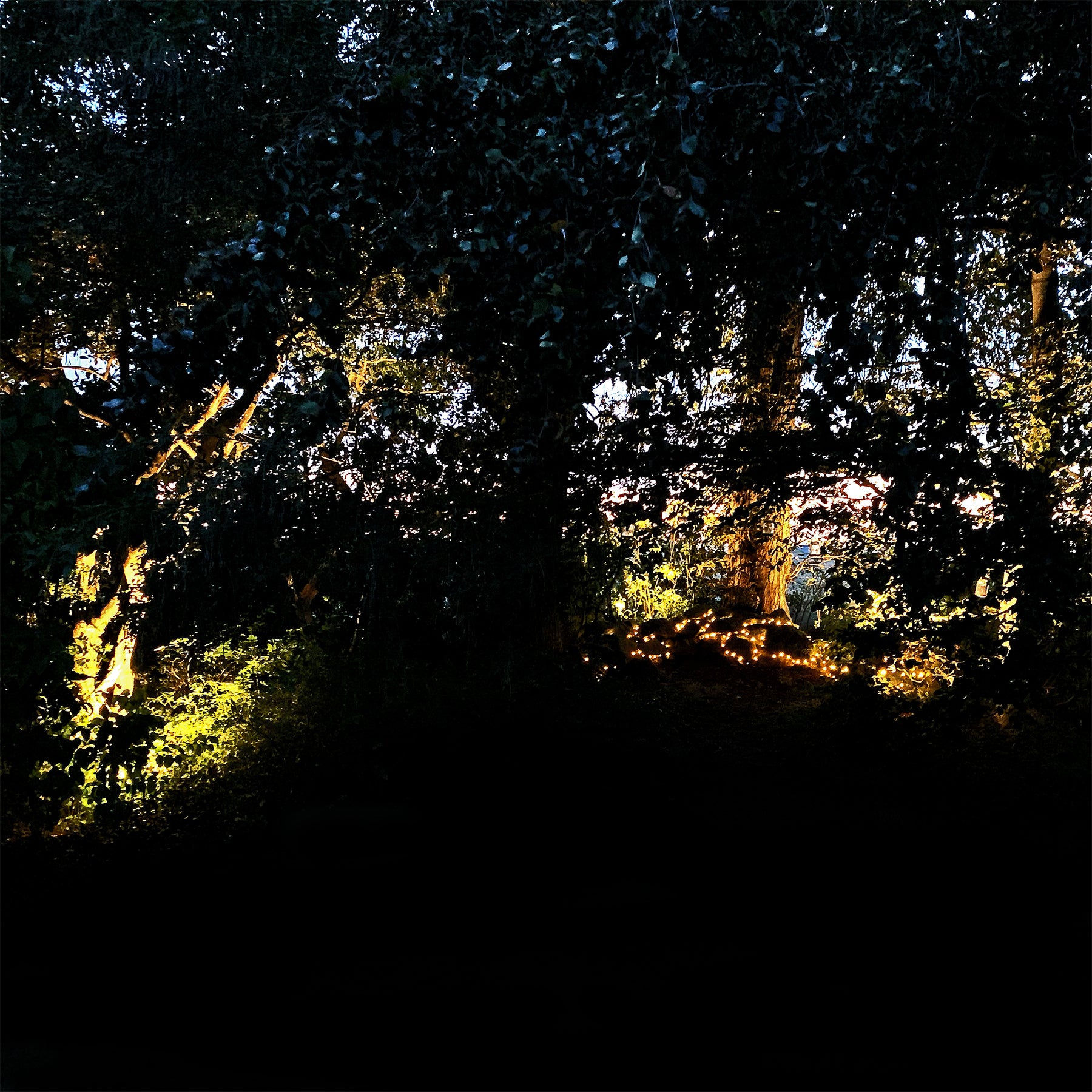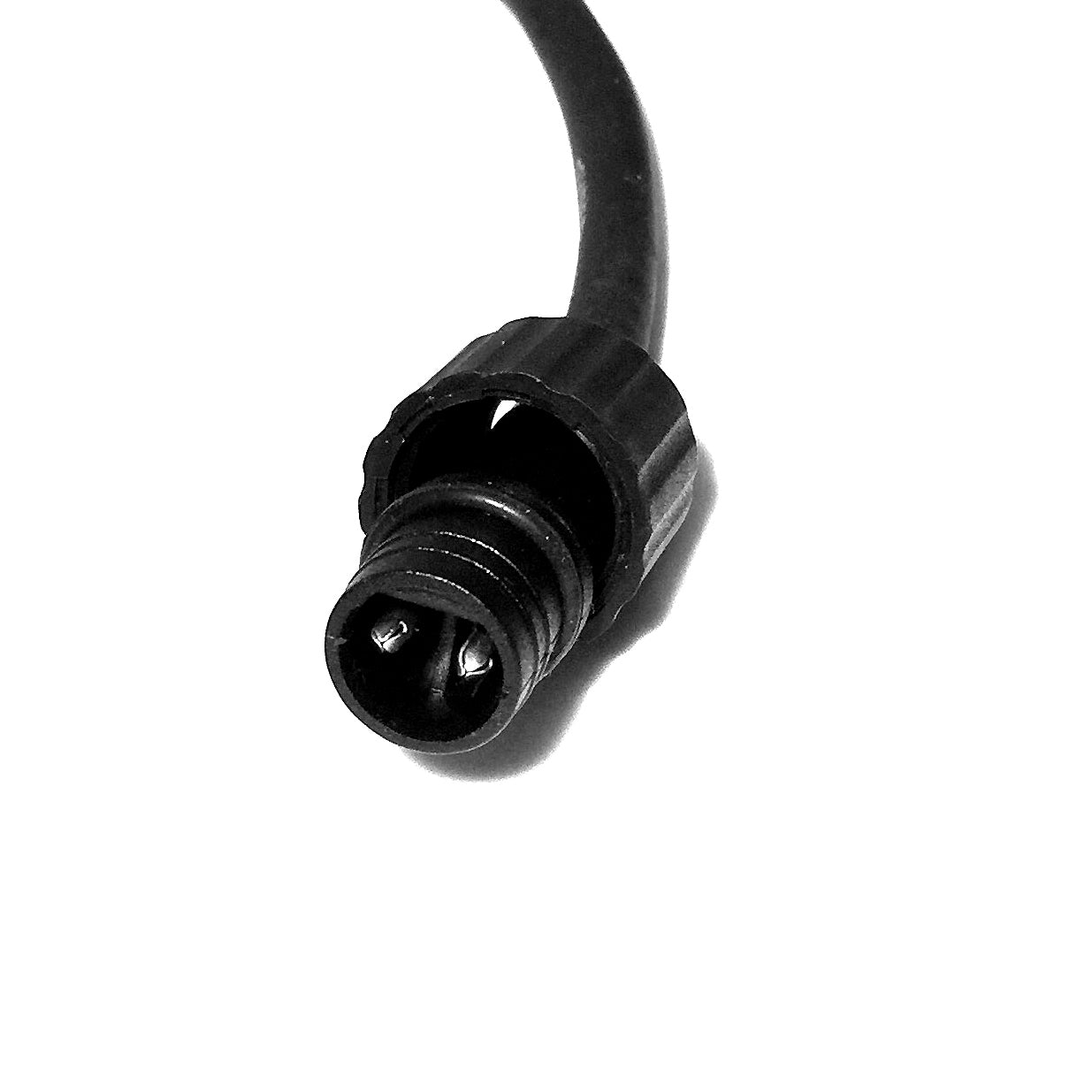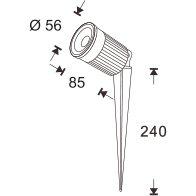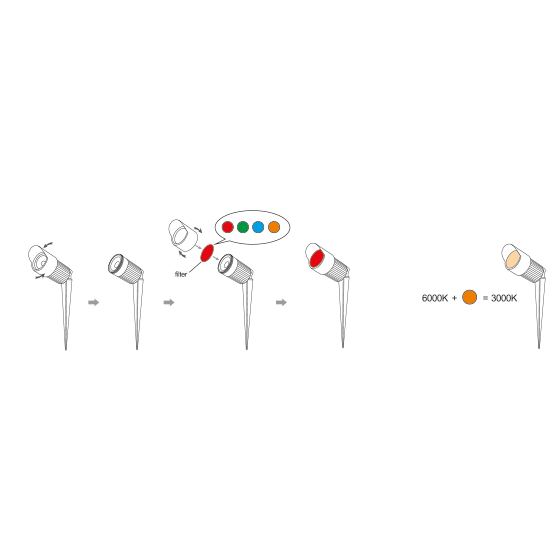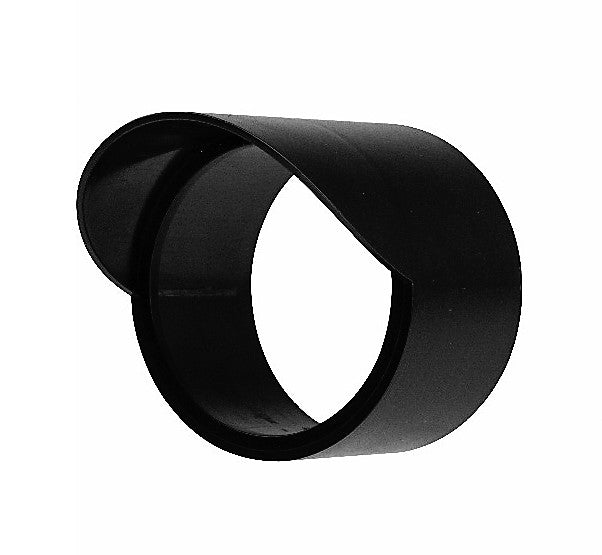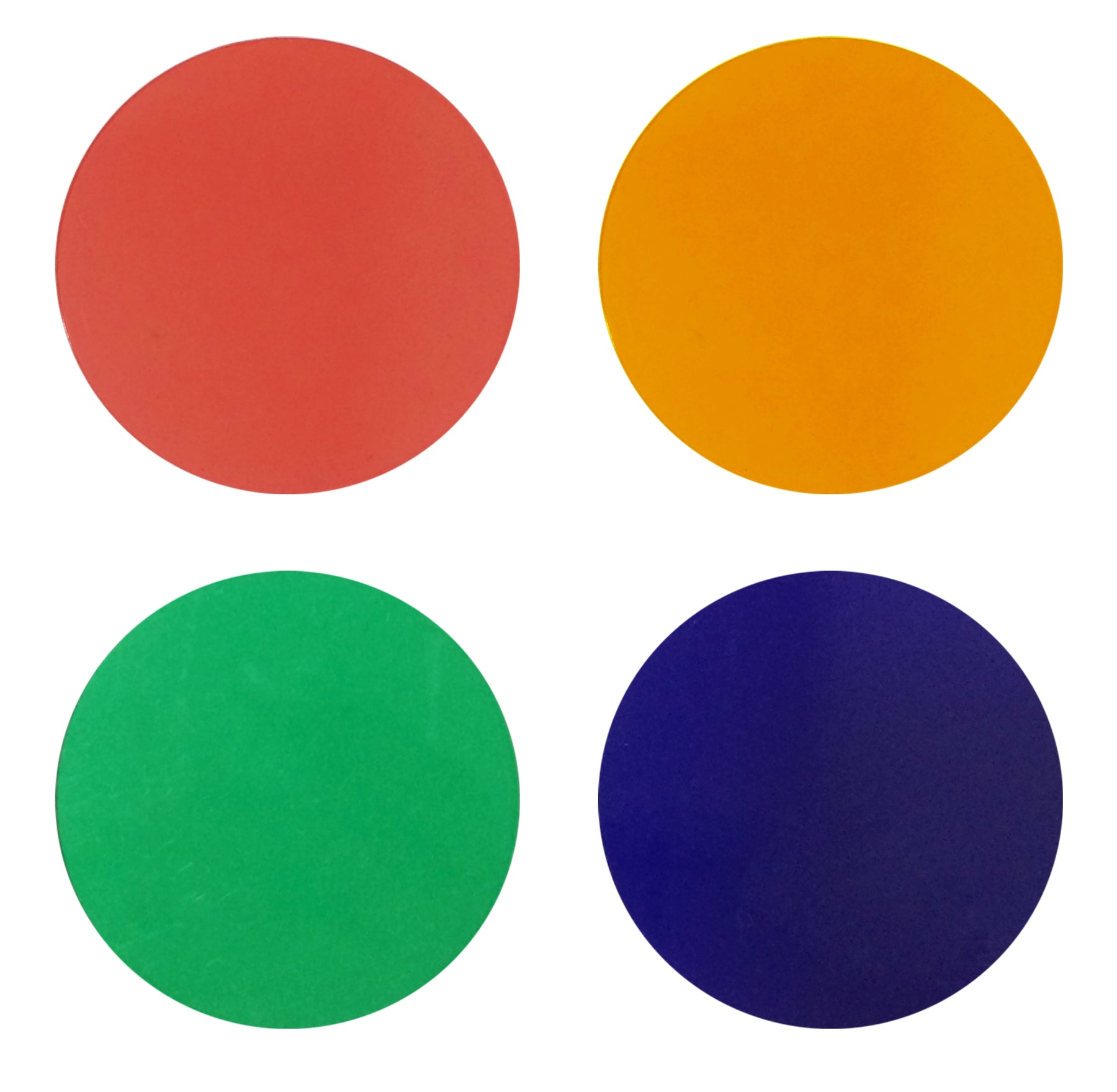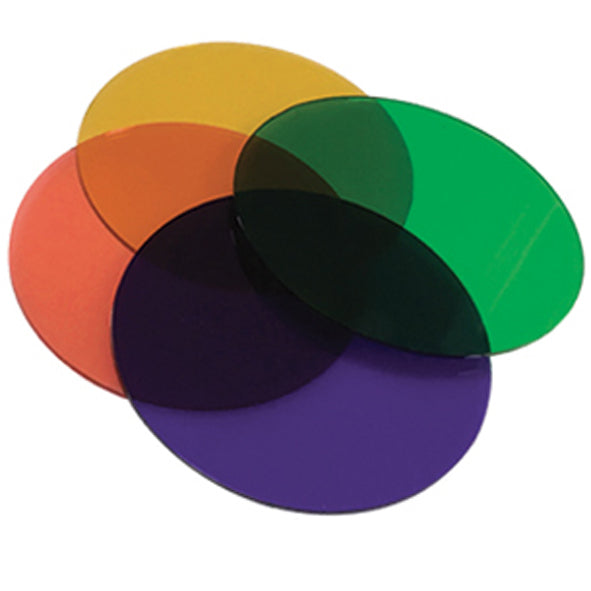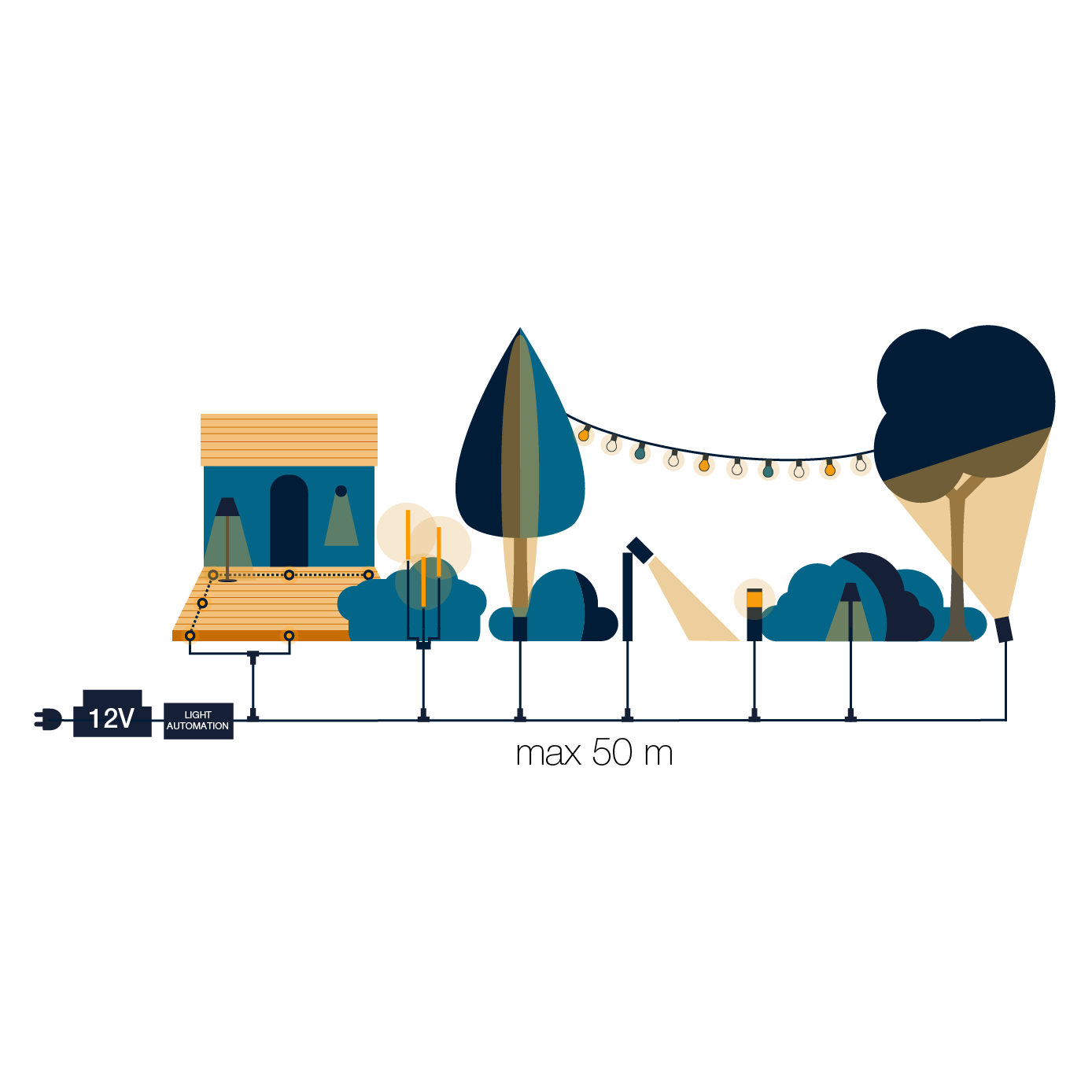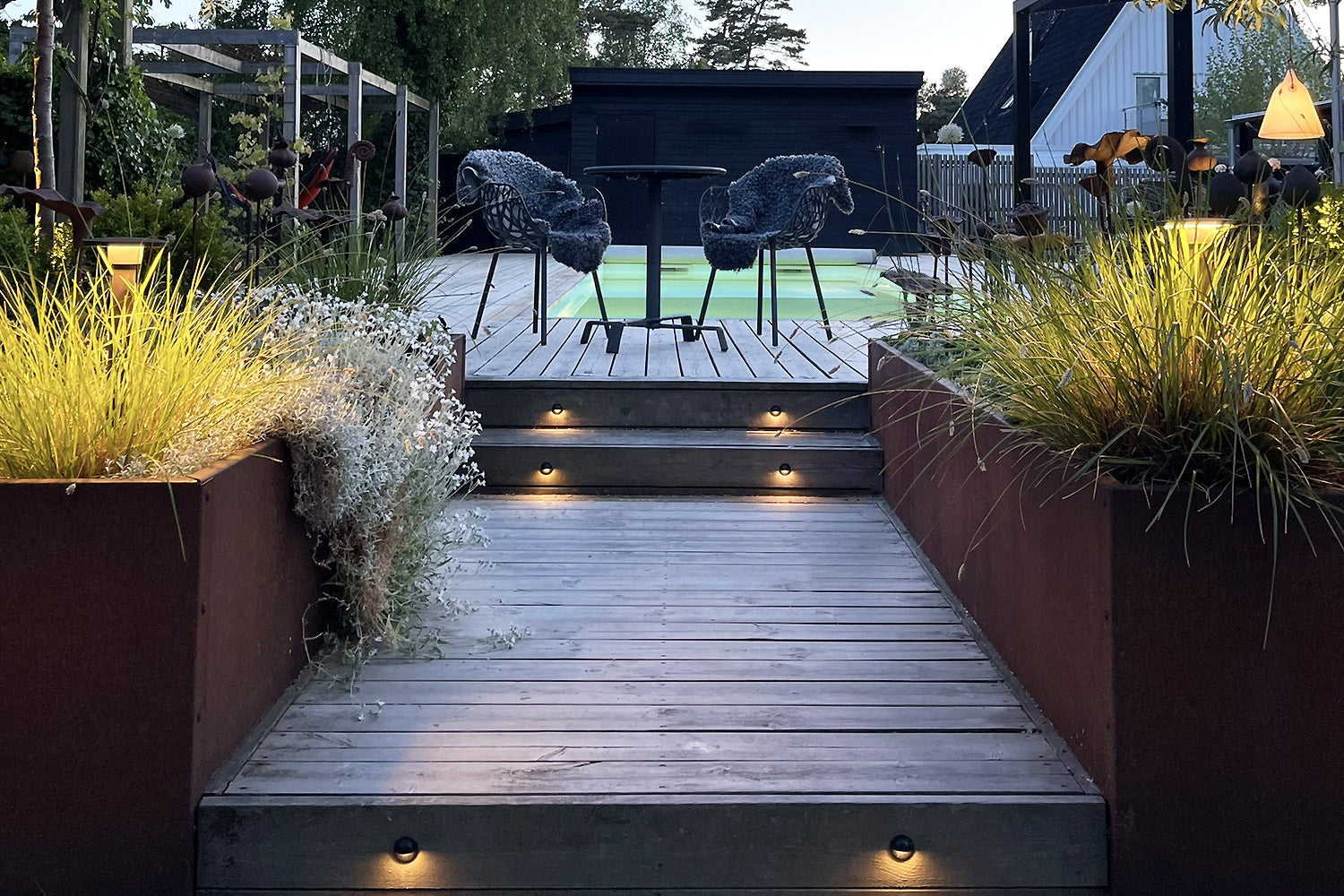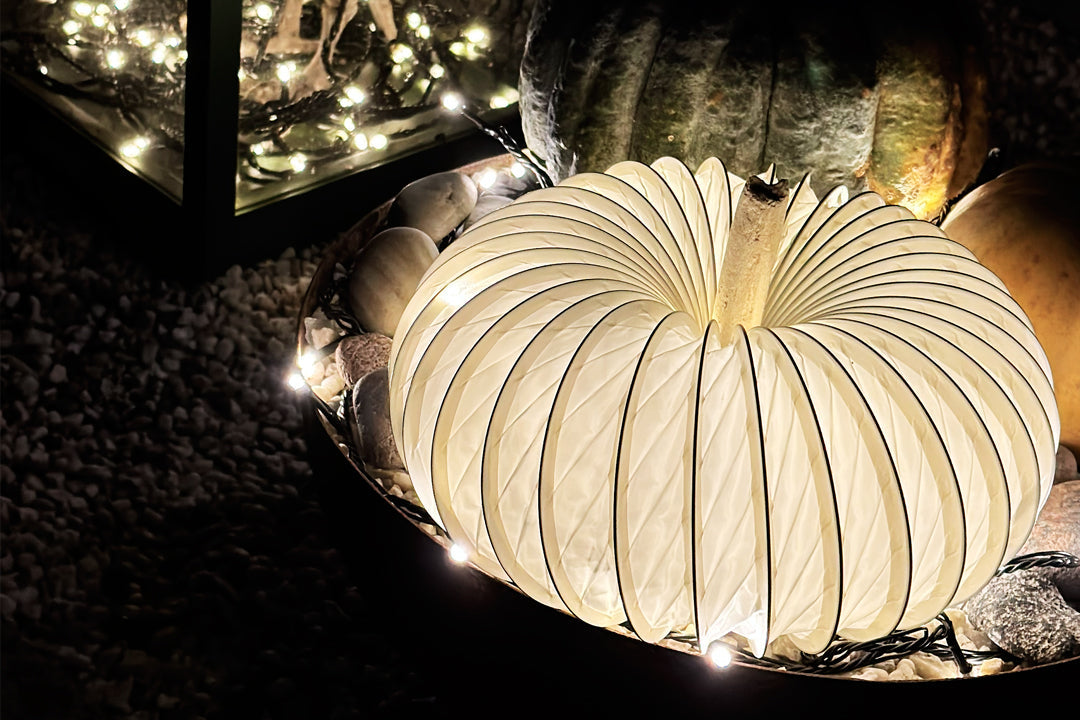Medusa is a powerful ground spot with a wide beam angle suitable for medium size to large trees as well as wide bushes and plantations.
Garden Plug & Play by LightsOn A flexible 12-volt lighting system for your garden. Easy to install and easy to extend (max 50m) to reach all parts of your garden. Designed in Sweden for the tough Nordic climate, all components are made of durable and weather proof materials, guaranteeing a long maintenance free life.
Don't forget the transformer. Choose a transformer that suits the total wattage of all your lamps. For optimal life we recommend that you load your transformer with no more than 85% of the max capacity.
Keep it simple! Add a photo cell that automatically turn the lights on in the evening and off again at dawn.
Would you like a softer light? Connect a LightsOn dimmer before the lamp.
Not finding what you need?
Click the button to reach the media bank that contains documents for all LightsOn products
Arrange the lights
It's alright if you feel that it is tricky to put light to your garden. There are really no rights and wrongs. The garden is meant to be a place for you to relax and to feel good in. Sometimes you need a little bit of help with the finishing touches.
There are different ways to arrange the light in your garden. For example, you could have a symmetrical approach, evenly spread or just choose certain specific objects and plants that you like. Another way to do it is to arrange the lights in groups on purpose. It will allow for the garden to have dark segments as well and the parts that are lit up actually stand out even more. Don't be afraid of the non-symmetry. It can still be a very well balanced garden at night. Just try it out and see what happens. You can always move the lights around later on.
How to think when grouping your lights? Start by figuring out what you want to see from different angles.
1. From inside the house
Position yourself by the windows that you often look out from. Like for example your kitchen, your living room and your bedroom. You should do this during daytime, to be able to see what's out there. Identify plants, trees, constructions and other objects that are in your line of sight (naturally keeping in mind that these are things that you want to see also at night). The things you don't like so much can remain in the dark. A little bit like erasing less nice things from the canvas. If there are things that need functional light, like a garden shed, you can place a motion detector or timer here. That way you still get the light here when you need, but it does not affect the general composition.
Think in terms of depth as well as vertcal. You might have a decorative tall grass two meters from the bedroom window and an old oak tree 15 meters further away. Together the give both height and depth and a pleasant grouping of light.

What happens at night when you create a depth in your garden is that you at the same time get a feeling of space. The garden grows. And also the space inside the house, from where you are looking, seem to grow. Magic! Winter time there is just a massive wall of darkness outside the windows and often the light from inside reflects in the glass but does not reach out int the garden, just a wall of light. This is actually one of the best investments you can do to create a cosy home environment. Light makes us feel good, that's just how it is. Although we may not be completely impartial in this question 😊
2. From your garden
During the warm summer evenings stay out late in our garden / patio areas. Go through the same process as you did when you were inside the house. Sit down in your outdoor furniture and have a look around. Define the objects and plants that makes it feel cosy and nice around you
Below you have an example of what could maybe do good with some light in the evening. A dark corner or the edge of a wooden deck comes to life with a bit of light at the same time as it creates depth and defines limits in your garden.
Naturally you can do the same without grouping your lights.

3. Be brave!
One of the main advantages with a system that does not require an electrician for installation (and where you have no legal requirements of digging a deep trench for your cables) is that you can test different things and scenarios with no stress. Place the lamps where you think that they would fit, connect the cables and add a transformer. Then sit tight and await the evening to see the result..If you are not happy, you can easily move the lamps and cables around until you hit the perfect spot. Once you are happy with the result, you can decide if you want to bury the cables in the ground or if it is enough to just hide them.
Best of luck with your project!


